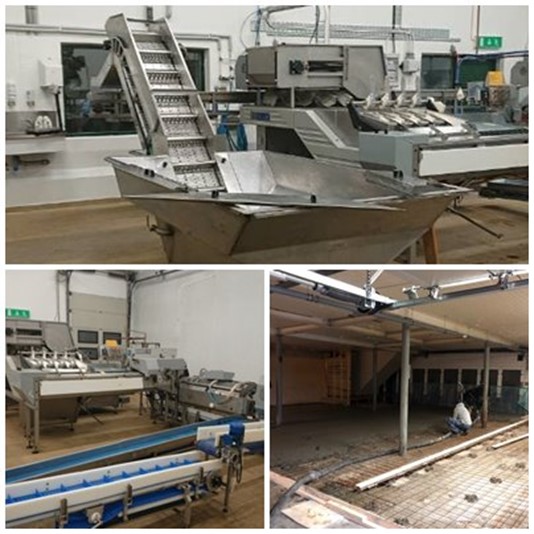Sorting seafood side-streams - a step towards creating valuable ingredients
Today, seafood side-streams are mainly used for feed production. When the fish is processed in the factory, all side-streams typically end up in one bin. Consequently, parts such as back-bones, fins and heads which can be exploited for development of ingredients become contaminated with blood and residues from the intestines.
This means that there is only a short timespan before the degradation process of the side-streams is initiated. Thus, the opportunity to exploit the side-streams for development of high-quality ingredients is lost.
According to Ingrid Undeland, from Chalmers University of Technology the seafood side-streams should be handled just as carefully as the main product e.g. the fillet, where focus is on preserving the quality of the raw material throughout the value chain.
The existing logistic system which handles side-streams therefore needs to be built up or to be adapted so that the side-streams are handled in a way that ensures preservation of the quality.
Based on this, WaSeaBi has set out to develop sorting technologies for seafood side-streams. At the moment the two WaSeaBi partners Chalmers University of Technology and Scandic Pelagic Ellös are working closely together on this challenge.
A filleting line with the possibility to sort the by-products to different fractions has been bought and construction work is currently taking place at Scandic Pelagic Ellös’ premises in Sweden where the new line will be set up and tested.

According to Martin Kuhlin from Scandic Pelagic Ellös, the plan is to start testing the filleting line in the middle February. Followingly, the two partners will analyse the quality and possible value-adding of the sorted side-streams.